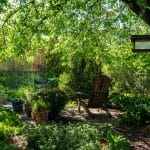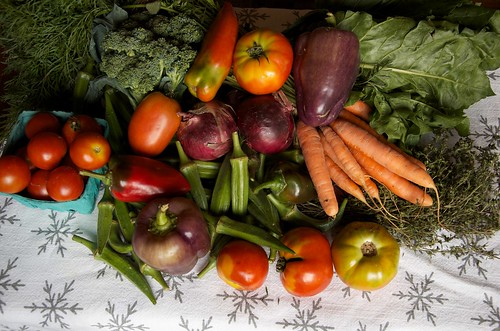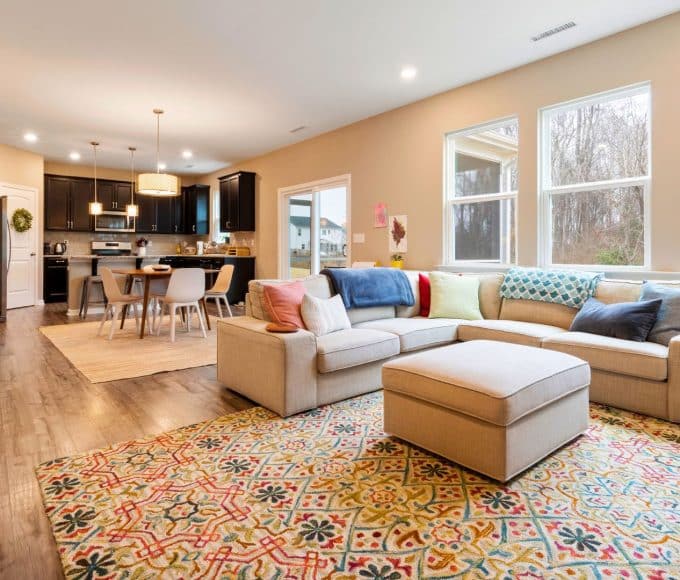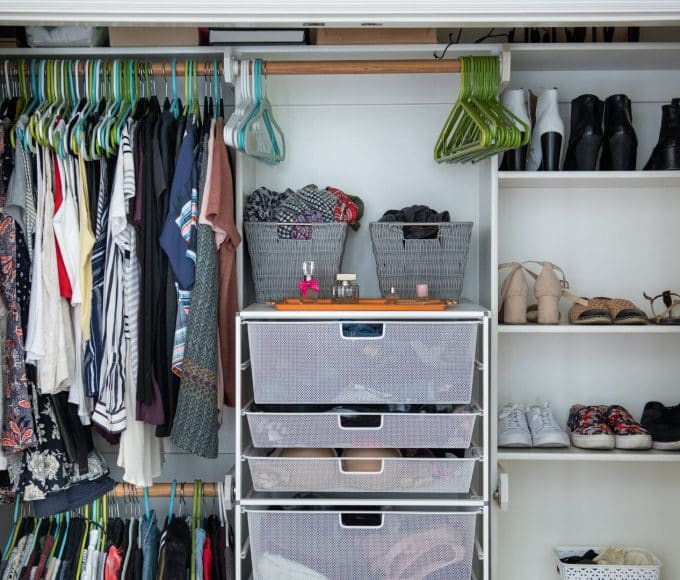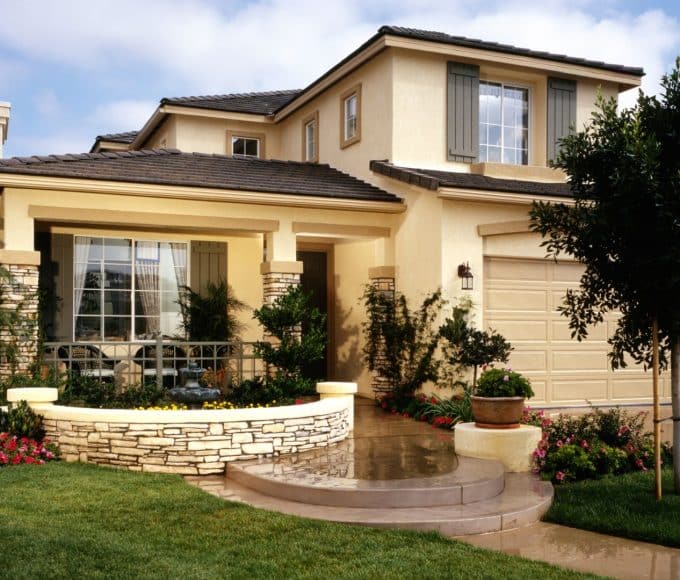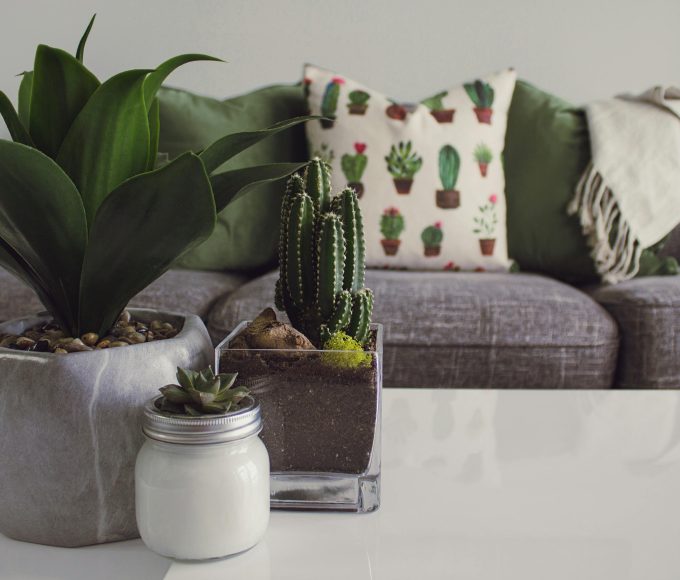Planting a vegetable garden is a great way to live an eco-friendly lifestyle. You can grow your own food, make sure it’s organic and cut down on food miles. The only issue is that many vegetable gardens just seem to consist of countless rows of green leaves. They are functional, but not much fun. However, your vegetable garden can be different if you follow these tips for combining utility with beauty.
It’s worth spending some time thinking about the site of your vegetable garden before you buy a single seed or bulb. Which area of the overall garden gets the most sunshine? Which has the best soil? These two factors will help you to pick the perfect site so you can get started. Don’t feel that your vegetable garden has to be a typical shape, either. Experiment with what works best in your space.
Vegetable Choice
Next it’s worth thinking about the vegetables you actually want. You will want to include some staples such as potatoes, carrots and tomatoes but don’t forget about squash, cabbage, lettuce and herbs. When selecting plants, think about how they will look. You can use more colourful varieties of tomatoes, peppers, cabbage and lettuce to give your vegetable garden some pizzazz. And not only do parsley, thyme and chives smell good, but they are also quite attractive.
Some of your plants need to go into the ground, while others will grow on vines, creating a bit of interest. Another option for keeping things visually interesting is to raise some of your vegetable beds by using large planters set above the ground-level beds. This will create a terraced effect. If you plant some of the leafier vegetables at the top you may end up with greenery hanging over the sides to make an attractive picture. You can also use containers and hanging baskets for some of your plants. These work very well for strawberries, for example. Use a couple of trellises for tall climbing plants to add some more interest.
Once you have planted everything, then it’s time to think about jazzing up the garden some more. There are lots of ways to do this. Just like a regular garden, a vegetable garden can include ornamental touches such as water features, bird feeders, statues and benches (if you have enough room). You can also include a few flowers for decorative purposes, selecting blooms that will do double duty to keep pests away and make the garden prettier.
Jen Byiers writes for garden design Edinburgh provider Gardens Galore.




